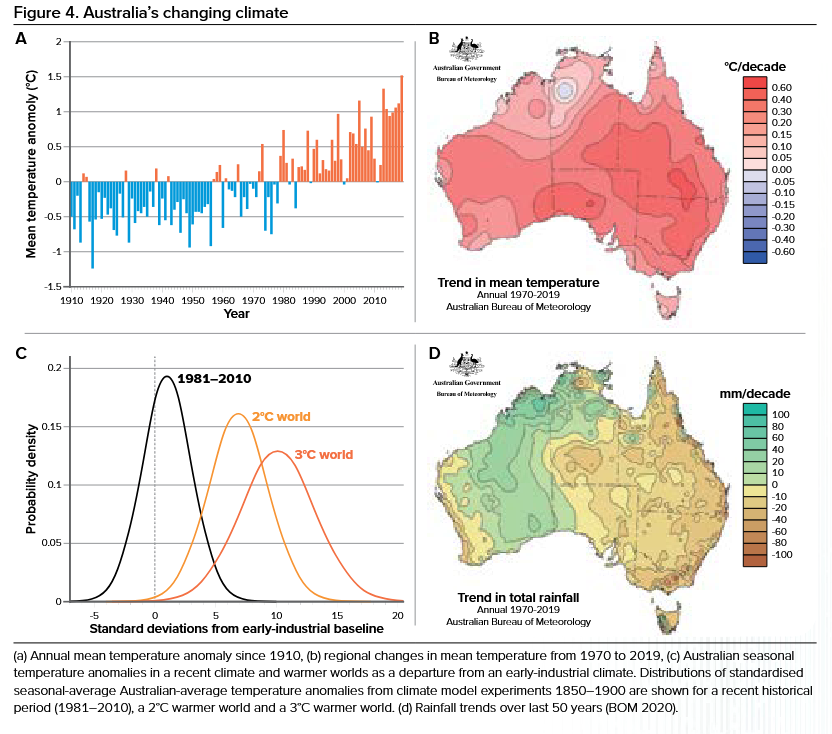The Hottest Summer On Record
As Perth swelters through another heat wave and power bills soar from excessive air conditioner use it’s worth reflecting on just how hot this summer has been and what it means for urban life in this oven of a city.
January was hot. Officially the warmest January on record, with a mean maximum temperature of 33.7°C, which is 2.5°C above average.
A run of six days over 40°C (let that sink in, SIX!) saw Perth sauté its way to two new weather records. According to the Bureau of Meteorology those six days, which were the longest streak of 40°C days in Perth’s 123-year official climate record, equaled the record for most consecutive days over 40°C in an Australian capital city set by Adelaide in 2009. The mercury has risen above 40°C thirteen times this summer which is almost twice as many times as the previous record of seven, set in 2015/16. And summer isn’t over yet.
As Bureau of Meteorology Duty Forecaster Jessica Lingard so calmly put it;
“It has certainly been warmer than usual”
The meteorological science around this summer is particularly interesting – A combination of La Niña and some particularly stubborn offshore low-pressure troughs have contributed to the extraordinary summer that we’ve had. But beneath it all is the much more sinister truth that summers like this could be here to stay.
A report published by the Australian Academy of Science explored what Australia might look like with 3°C of global warming. The report explores the history of warming in Australia and the outcomes of modeling for warming under the current global climate agreements. It has some great figures like the one below and is definitely a recommended read.

The realities of 3°C warming are significant, and there is far too much to explore in this little post, but it includes sea level rise, ocean acidification, and more frequent occurrences of extreme weather events like severe storms and you guessed it… heatwaves. Not to mention the impacts to natural ecosystems, agriculture, and even our urban lifestyle.
It’s not all doom and gloom though – The report explains that Australia has excellent prerequisites for large-scale production of renewable energy including abundant solar radiation, high wind speeds, land availability, and prior experience and reputation for large-scale resource projects. It’s just up to policy makers to take advantage of these opportunities as soon as possible.
So keep cool everyone, and if you need anything from us we’ll be working away here in our office in LeederGRILL. Here’s a bonus photo of Bonnie the office dog keeping cool with an ice-cold bowl of water.

